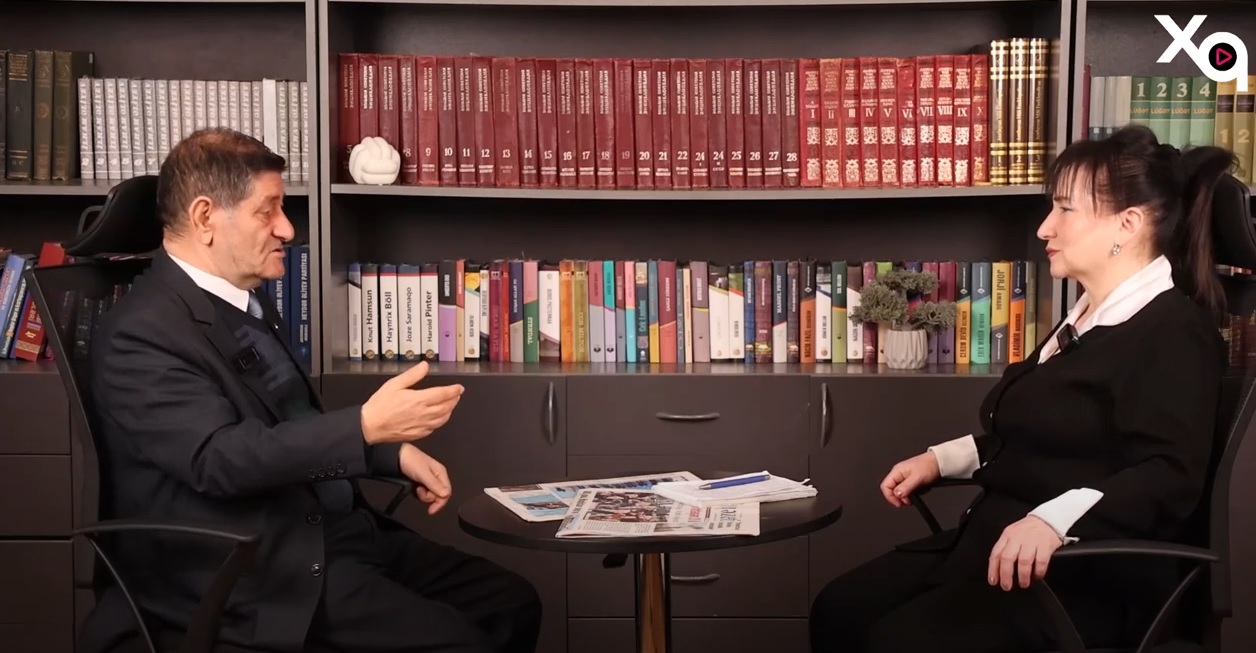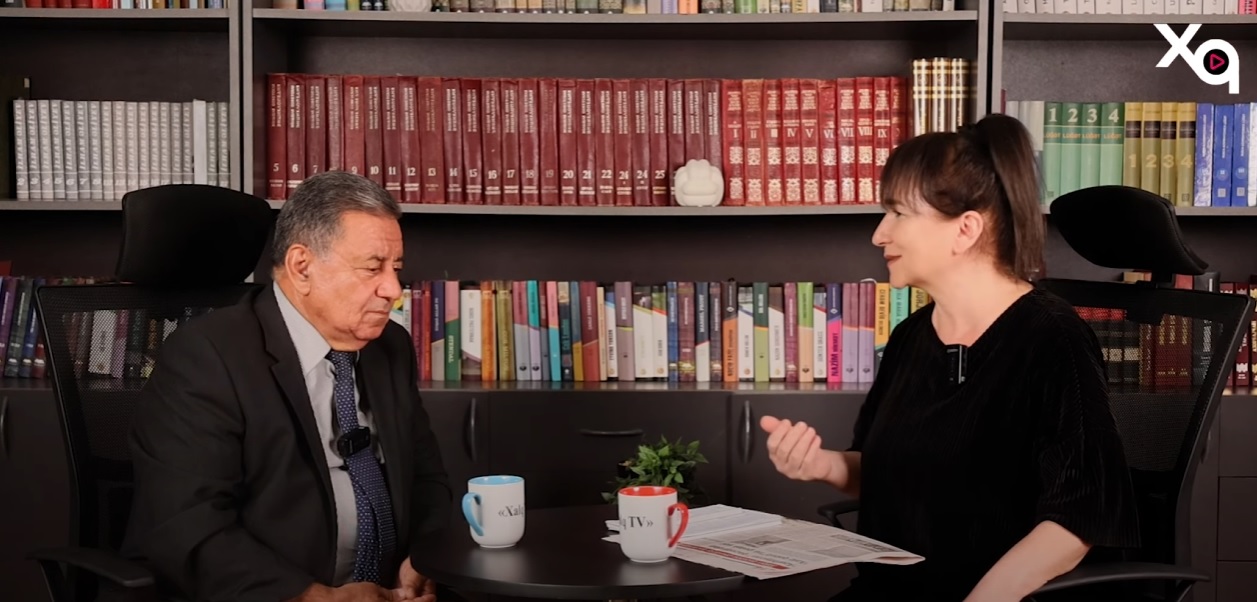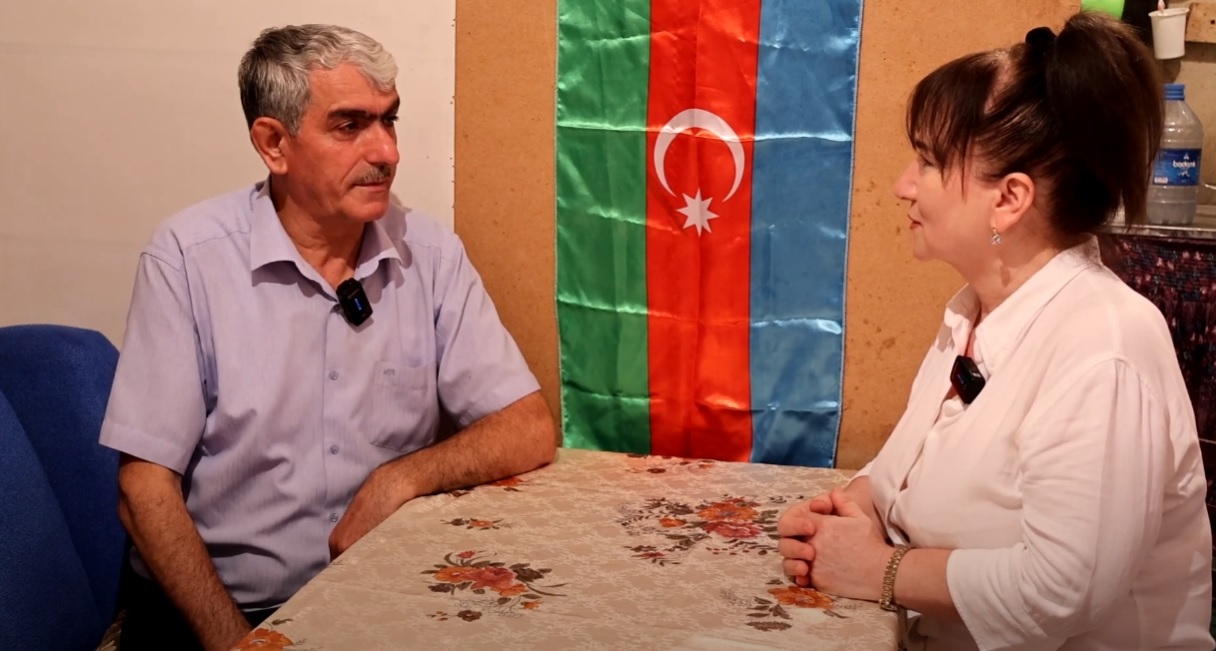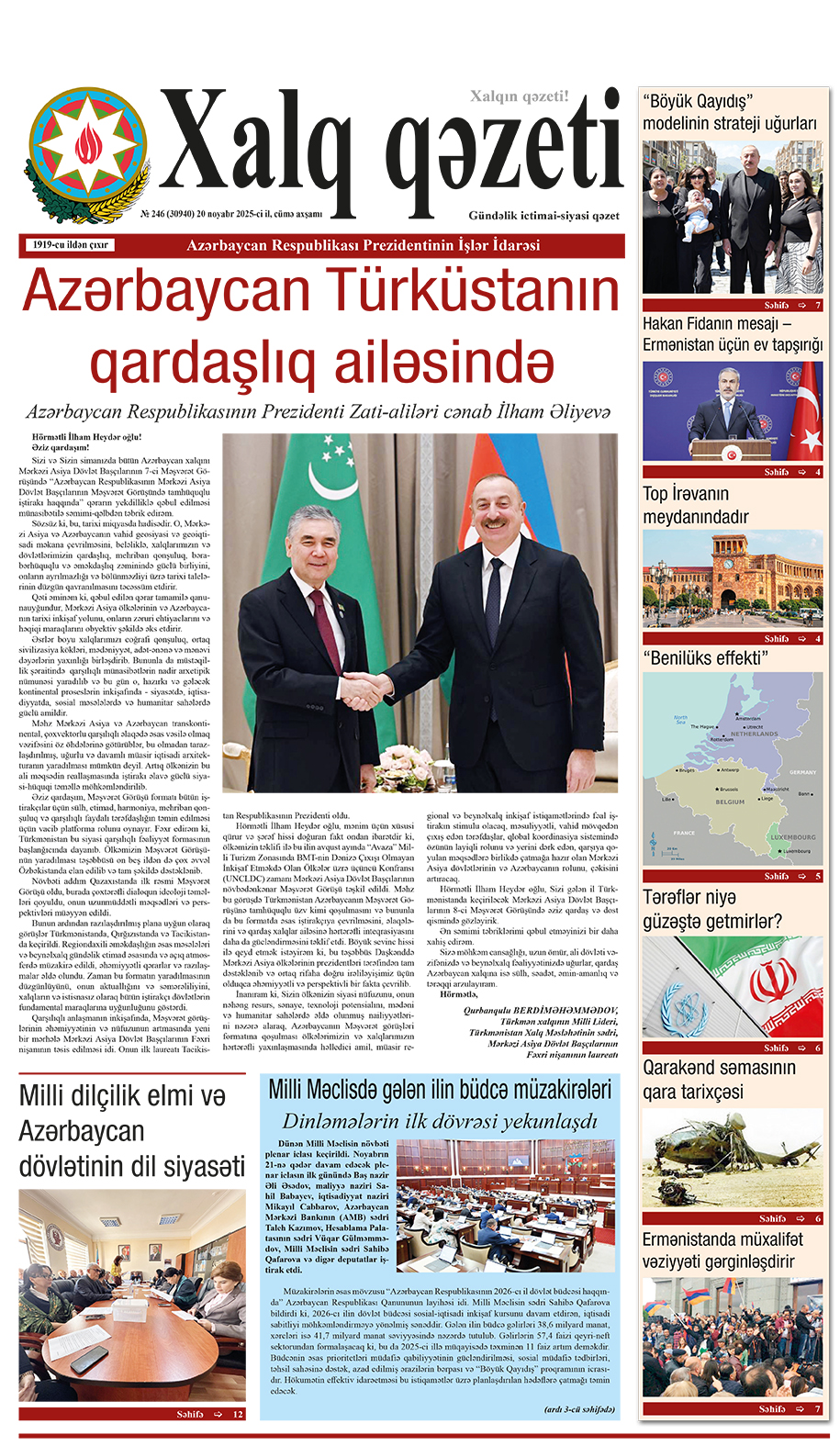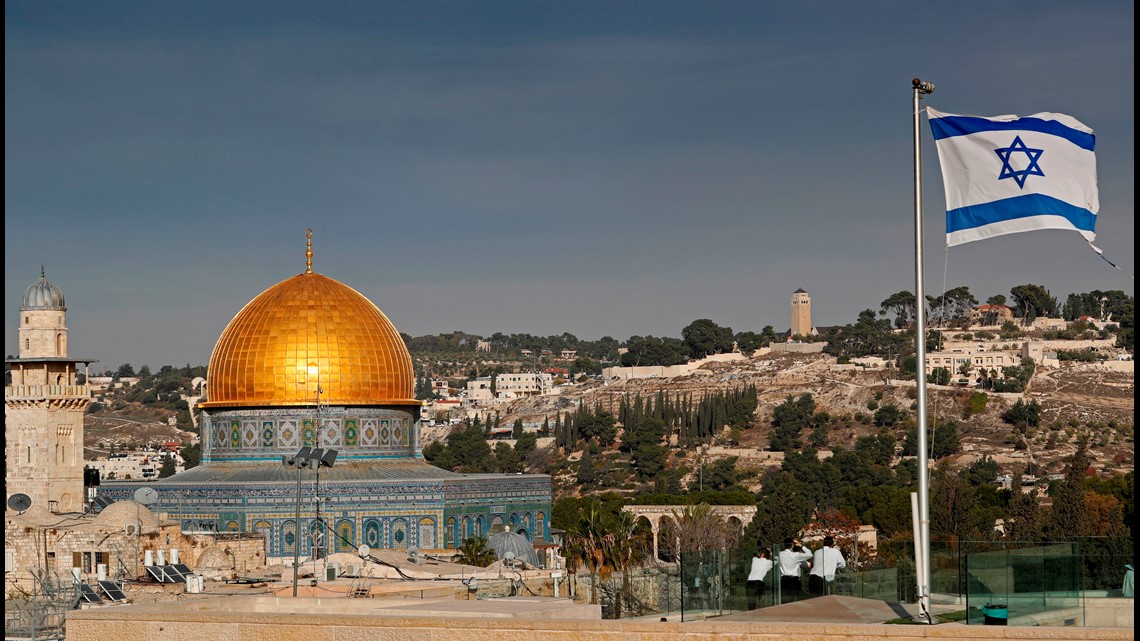By Rossella Tercatin
An Israeli researcher uses computational technology to showcase that the scribes compiling Syriac texts made active editorial choices, similar to the redactors of Jewish Gemara
Ancient Syriac manuscript from the private collection of Raad Abdul-Ahed from the Kurdish city of Dohuk, northern Iraq, as photographed in 2015. (AP Photo/Bram Janssen)
For nearly 2,000 years, Near East Christian communities have used Syriac, an Aramaic dialect, as their liturgical and cultural language. Over the centuries, they produced an extensive corpus of manuscripts that included passages from biblical texts, philosophical treatises, classical literature and theological commentaries, whose purpose often remains obscure to modern scholars.
Now, an Israeli researcher has harnessed computational technology to showcase how the scribes compiling the documents made active editorial choices, shaping the knowledge for future generations and serving a role comparable to that of the redactors of another foundational Aramaic work from Late Antiquity: the Jewish Talmud.
“The Syriac language has been used by Eastern Christian communities from the 2nd century CE all the way until today,” said Noam Maeir, a PhD candidate at the Hebrew University of Jerusalem and the author of a study published in the PLOS ONE journal last month.
“The earliest Syriac manuscript ever found dates to 412 CE and is one of the most ancient codes, or manuscripts in the form of a book, ever discovered,” he added, speaking with The Times of Israel over the phone.
Scholars estimate that over 20,000 Syriac manuscripts are known in the world today. Almost 1,000 of them, spanning from the 5th to the 19th centuries CE, are kept at the British Library, whose collection was examined by Maeir in his research.
The works consist of a compilation of texts from different sources and additional commentaries and notes.
“We can think of these manuscripts as modern YouTube video compilations, such as top ’90s hit songs, or greatest soccer goals,” Maeir said. “In these compilations, someone chooses what content to feature but also includes additional elements to present in an interesting way,” Maeir said. “My idea was to penetrate this kind of non-authorial creations.”
New technologies have opened unprecedented doors to the study of manuscripts.
“In the past, a single scholar could work on comparing just a few manuscripts, three, five; a study comparing 20 manuscripts was already phenomenal,” Maeir noted. “Today, we can look at thousands of manuscripts at the same time.”
In his study, the researcher introduced a new criterion to classify the Syriac manuscripts in the collection of the British Library: The number of excerpts included in each item (Excerpts Per Manuscript, or EPM). The metric showcased how often scribes and copyists engaged in the practice of including texts from other sources.
Noam Maeir, a PhD candidate at the Hebrew University of Jerusalem. (Courtesy)
Maeir found that 75% of the manuscripts had between one and 20 excerpts. In comparison, 2% of them, or 27 manuscripts, had over 100 excerpts, most of which date back to the Late Antiquity period (6th-9th centuries CE).
According to Maeir, these highly elaborate manuscripts present a resemblance to the Talmud.
“The Talmud is a very interesting parallel,” he said. “It was written in Aramaic by Jews living and practicing their faith in the same region in a similar period.”
Maeir argued that the editors of some of these Syriac manuscripts can be compared to the Stama, the unnamed editor(s) of the Talmud, who chose what quotes to include in the work and how to present them. The Talmud features a mix of biblical verses, Mishna chapters, and other stories and commentaries.
“Unfortunately, no original manuscript of the Talmud from the time of its compilation has gotten to us,” Maeir noted. “On the contrary, Syriac works from the 5th century have survived, so we have the opportunity to look into the editorial process.”
Likely, the most intricate works were the product not of one individual scribe but of a collective effort.
A Syriac manuscript of the 8th-9th century, held at the British Library in London. (Courtesy of the British Library)
“Thanks to their compilers, these manuscripts were laboratories of knowledge,” Maeir said. “We could almost call them single-volume libraries.”
Until recently, scholars mainly considered the manuscripts as vessels that preserved ancient texts, many of which were lost.
“In modern times, we have tended to focus on the author of the original text, the genius behind the words,” Maeir said. “Often, these manuscripts have allowed us to rediscover ancient Greek texts that only survived in their Syriac translation.”
For Maeir, it was essential to treat the manuscripts as independent cultural objects.
The artifacts were preserved because they were primarily produced in monasteries.
“People were compiling and copying them in the libraries and monasteries across the Middle East,” Maeir said. “However, Syriac monasticism was different than Western monasticism, less secluded. People also went to monasteries for short periods. Therefore, we cannot assume that everything was produced by monks.”
Asked what the purpose of the manuscripts was, Maeir said that the answer remains somewhat of an enigma.
“There is no consensus on the purpose of Syriac manuscripts,” he noted. “We are not sure how to interpret the meaning of these compilations of texts. They could have been used to study, or to pray, or could have been objects of identity.”
Maeir also pointed out that the multiple layers of writing add complexity to the question of what the manuscripts were used for.
“We can see notes from multiple readers, even words deleted and then readded,” he noted. “This testifies to the interplay between multiple agents acting on the same page.”
The researcher emphasized that his study is only a first and limited step to applying new digital humanities technology to the field’s scholarship.
In the future, Maeir hopes to bring his research forward using more advanced artificial intelligence technology.
“For my study, I only needed very basic computational techniques and a simple quantitative analysis,” he said. “For future studies, I would like to employ the more advanced AI tools to reclassify thousands of manuscripts.”


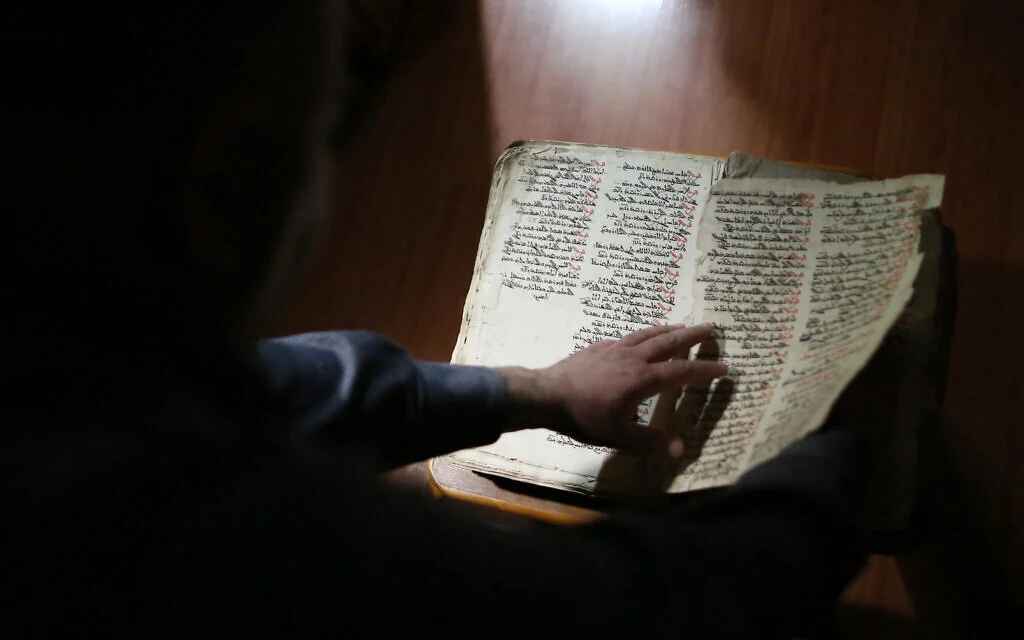






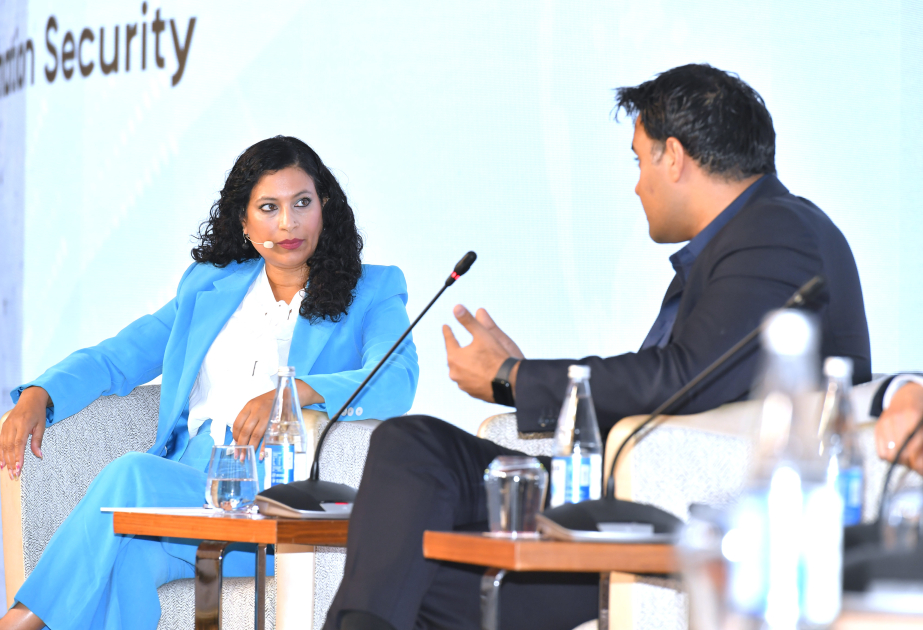
.jpg)

